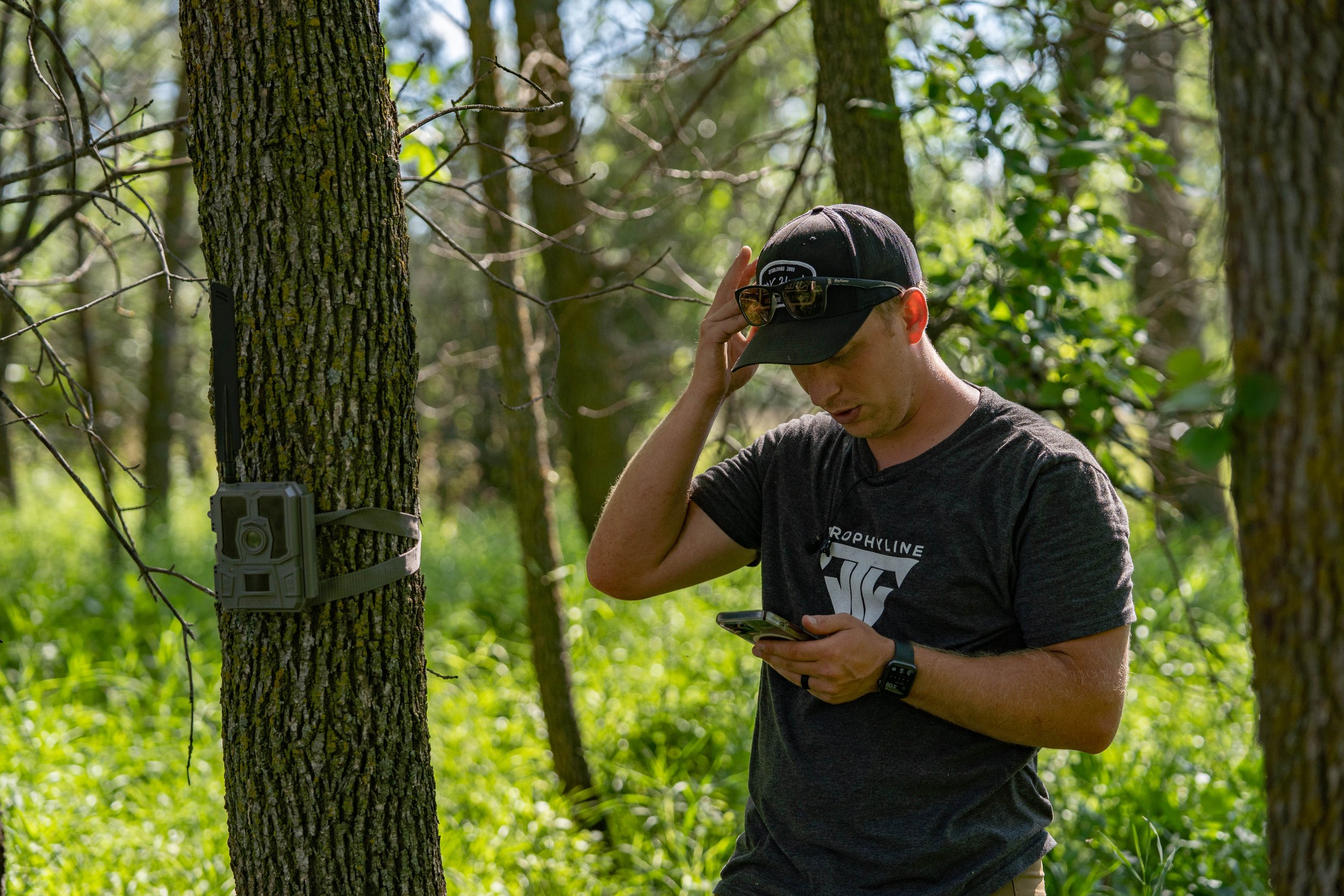By Alex Comstock
I absolutely love shed hunting. There’s simply no question about it. As I’ve thought of it though recently, I’ve begun to wonder if my passion for shed hunting becomes a detriment to my hunting success. It’s not what I believe, but this is more of an observation and it generated a question that I wanted to talk through in this blog post to get you thinking. I know some absolute killers that shed hunt seemingly everyday in the spring, but I also know some great deer hunters that think shed hunting, specifically, can be a waste of time. So, who’s right? Or is there even a right answer?
First Thoughts
My first thoughts on this topic would steer towards the fact that this has to be situational. As everything else with deer hunting, nothing is black and white and there will always be variances based on situation. With that said, if you are a public land hunter and deer travel long distances to food sources in the winter, then one could create an argument that shed hunting isn’t actually helping you come fall. You could be finding antlers miles away from where that buck will be in the fall, and spending time scouting and looking for that fall sign, though maybe not as “fun” could be more productive in assisting you become successful later in the year when actually hunting.
On the other end of the spectrum, let’s throw out the scenario that you either own or have permission on a property that has everything a deer needs throughout the year. Everything from summer cover and food to winter food. If this is the case and a buck spends a lot of time on your property, finding his sheds could prove to be extremely valuable. It can help you in determining a buck’s core area, where he might be bedding come fall, etc. So, in this type of situation shed hunting can be extremely productive.
RELATED: READ 3 Places Others Aren’t Looking To Find Sheds
What Do I Do?
It may seem like an odd question, but it’s one that I face time and time again. I spend a great deal of my hunting time, in fact pretty much all of it, on public land or by permission property where deer will move quite some distance in the winter. Then, the question becomes do I spend my day shed hunting or scouting? Because if your in a situation similar to mine, those two things can be very different and can make a difference on where you spend your time. It’s something I consistently struggle with because I love finding antlers, but I know at times I should be where deer weren’t necessarily wintering, but I should be scouting where they will be come fall.
Finding sheds is one of my favorite things to do in the spring. But is it productive?
My answer is it all depends on how well you know where you hunt, and if you know where the bucks you will be hunting come fall could be wintering. I’m going to go through two separate scenarios that I will face this year and how I will handle each one.
Scenario 1
The first scenario I’m going to go over is a public land piece I hunt in North Dakota. I’ve hunted it now for multiple years and know it like the back of my hand. I don’t necessarily need to spend hours and hours scouting every year. I like to do a little scouting in the spring, just to see if there are any tendencies that changed from year to year, but most of my time will be spent looking for antlers. Though deer aren’t exactly where they will be in the fall, I have a pretty good idea on where they will be during the winter, and I find a lot of value in the sheds I find. I can correlate the winter data and what bucks are around with the knowledge I have for hunting in the fall, and because of that I find the shed hunting extremely worthwhile.
The sheds I find on my favorite piece of public land in North Dakota can provide me with a lot of value.
Scenario 2
In this second scenario, I’m going to talk about a big piece of public land in Wisconsin I will be hunting this year. I’ve set foot on the property maybe twice, and don’t know much about it, other than what I’ve scoured on OnX maps. Based on what I see and what I know, I think bucks (and deer in general) will be fairly spread out, and there isn’t any good winter food source in the general area I want to hunt. Given this knowledge, if I want to be successful on this property come fall, it would be much less important to figure out where the winter food is to try and find antlers. That wouldn’t provide as much value to me. Yes, it would be fun to find some antlers, as it always is, but in this type of situation, it would be much more worthwhile to take a few full days scouting fall sign, and trying to figure out where bucks will be come September, October and November. With that said, this would be a type of situation where I would put shed hunting as a “waste of time.”
RELATED: READ Spring Scouting Tactics with Jeff Sturgis
Conclusion
As I said in the opening of this blog post, I love shed hunting. It’s something I look forward to tremendously every year. But, I need to spend more time scouting in areas that I’m not as familiar with to help my chances of success in the fall. What do you think? Do you spend too much time shed hunting? Drop us a comment to start a conversation!








































